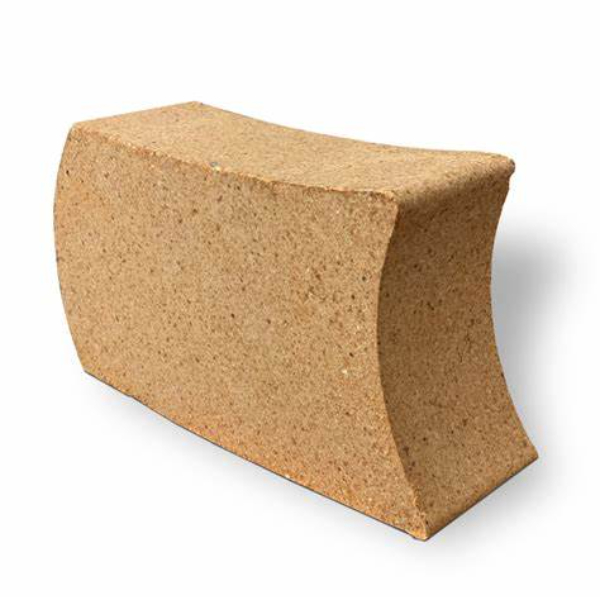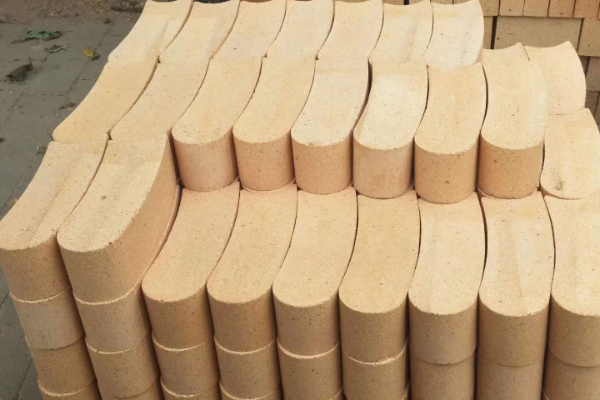High Alumina Universal Arc Brick Introduction
Universal arc bricks are used as the lining of steel drums. They are made of clay and high alumina. High alumina universal arc brick are mainly used as linings for steel drums. In the past, they were mainly made of clay, but now they are gradually used. High alumina brick replacement.
Introduction to universal arc bricks

The arc of the universal arc brick is a semicircle, and the other end is a groove. No matter how thick it is, it can be built into a circle. So-called universal arc, this kind of brick is often used in ladles.
Comparison between high alumina universal arc bricks and clay universal arc bricks
Universal arc-high alumina refractory bricks are mainly used as the lining of steel drums. They used to be mainly made of clay, but are now gradually replaced by high alumina bricks. The service life of high alumina universal arc bricks is 2 times longer than clay bricks, that is, oxidation An aluminum silicate refractory material with an aluminum content of more than 48%. There are three types of high-alumina universal arc bricks: third-level, second-level, and first-level. Of course, the higher the aluminum content, the better the quality. Now the proportion of second-level high alumina bricks is increasing.
High alumina universal arc bricks have the following advantages

- Low creep rate at high temperatures;
- Excellent peeling resistance;
- The size can be customized to any length;
- High-pressure resistance at normal temperature and wear resistance;
- Good resistance to chemical erosion, especially acidic slag;
- Reduce the thickness of the lining bricks and accordingly increase the capacity of the steel drum;
- The vertical brick joints of universal arc bricks are smaller, 70% smaller than the vertical joints of standard refractory bricks, reducing the use of refractory mud and saving consumable costs;
- The bending joint can move freely and can move forward and backward to adjust the roundness when laying bricks, so it is convenient to lay refractory bricks, and the brick joints can generally reach 1 mm;
 Rongsheng Refractories Factory
Rongsheng Refractories Factory
WeChat
Scan the QR Code with wechat